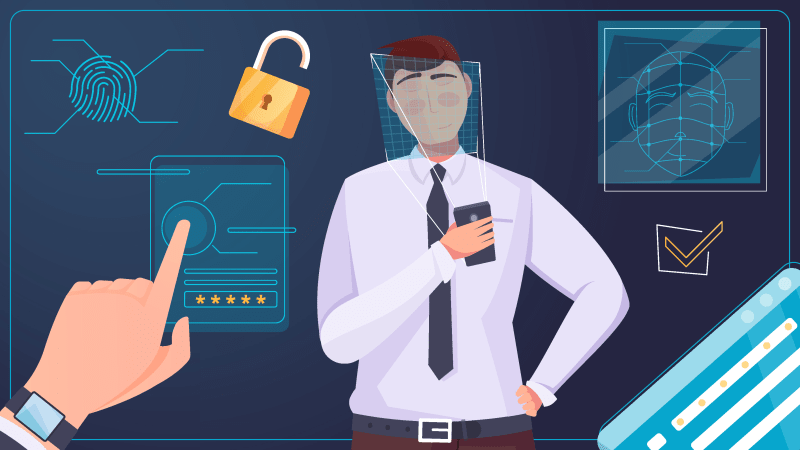Introduction
In the ever-evolving landscape of cybersecurity threats, enterprises are facing increasingly sophisticated attacks that target both internal and external resources. Traditional security approaches have proved inadequate in mitigating these risks, leading to the emergence of a revolutionary concept known as the "Zero Trust" policy. Rooted in the principle of trust being a vulnerability, rather than an assurance, Zero Trust redefines enterprise cybersecurity by assuming that no user or device within or outside the network should be trusted by default. In this article, we explore the future of Zero Trust policy and its transformative potential in enhancing enterprise cybersecurity.
The Evolution of Zero Trust
The concept of Zero Trust originated over a decade ago but has gained immense popularity in recent years. Originally introduced by Forrester Research, Zero Trust revolves around the idea of maintaining stringent security controls and strict access permissions for all users, devices, and applications. Instead of relying solely on perimeter-based defenses, Zero Trust mandates continuous verification and authorization of users and devices throughout their entire interaction with the network.
The Pillars of Zero Trust
Zero Trust rests on several core pillars that form its foundation:
a. Identity and Access Management (IAM): Authentication and authorization are fundamental to Zero Trust. Enterprises must implement multi-factor authentication (MFA) and contextual access controls to ensure that only verified users with appropriate privileges can access critical resources.
b. Micro-Segmentation: Breaking down the network into smaller, isolated segments restricts lateral movement for attackers. Micro-segmentation ensures that even if one part of the network is compromised, the threat is contained, preventing further infiltration.
c. Continuous Monitoring: Zero Trust requires real-time monitoring and analysis of user behavior, device health, and network activities. Advanced machine learning algorithms can detect anomalous patterns and trigger immediate responses, minimizing the time between detection and response.
d. Least Privilege: Zero Trust follows the principle of granting the least privilege necessary to perform a task. Users should only have access to the resources essential for their role and nothing more, minimizing the potential impact of a breach.
The Future of Zero Trust
As the threat landscape evolves, the future of Zero Trust policy in enterprise cybersecurity looks promising, with several key trends shaping its development:
a. AI and Machine Learning Advancements: With the integration of AI and machine learning, Zero Trust frameworks will become more adept at recognizing patterns, predicting threats, and adapting security measures to new attack vectors. These advancements will enhance the accuracy of user behavior analytics and anomaly detection.
b. Zero Trust for Cloud Environments: As enterprises increasingly migrate their operations to cloud environments, Zero Trust will become indispensable in securing cloud-based assets. By continuously monitoring and verifying cloud users and services, organizations can safeguard sensitive data from unauthorized access.
c. Zero Trust for IoT and BYOD: The proliferation of Internet of Things (IoT) devices and Bring Your Own Device (BYOD) policies pose unique security challenges. Zero Trust will play a vital role in ensuring that these devices undergo rigorous scrutiny before gaining access to the network.
d. Integration with DevOps and Agile Practices: Zero Trust will become an integral part of DevOps and Agile methodologies, fostering a security-first culture. This integration will embed security throughout the development lifecycle, reducing vulnerabilities and strengthening applications and systems.
e. Industry and Government Adoption: The growing frequency and severity of cyber-attacks will drive industries and governments to adopt Zero Trust policies as a standard cybersecurity measure. Regulatory bodies may mandate the implementation of Zero Trust to protect critical infrastructure and sensitive data.
Conclusion
As cyber threats continue to evolve, Zero Trust policy represents a paradigm shift in enterprise cybersecurity. By abandoning the notion of implicit trust and adopting a proactive, continuous verification approach, organizations can effectively fortify their defenses against modern-day attacks. The future of Zero Trust holds immense potential for securing cloud environments, IoT devices, and emerging technologies, making it a critical component of any robust cybersecurity strategy. As we move forward, embracing Zero Trust will be essential to safeguarding enterprise assets, data, and reputation in an ever-changing digital landscape.



Top comments (0)